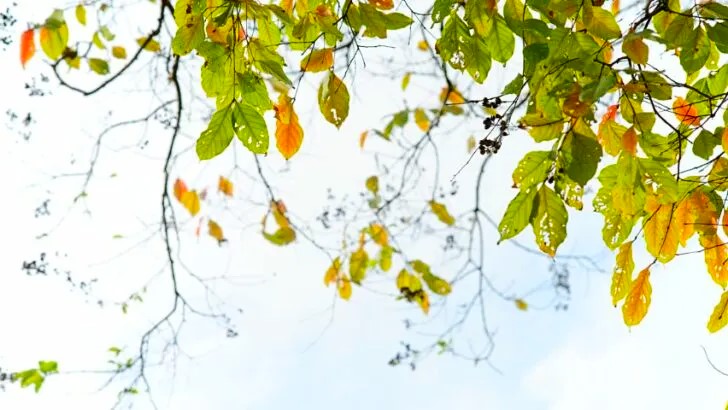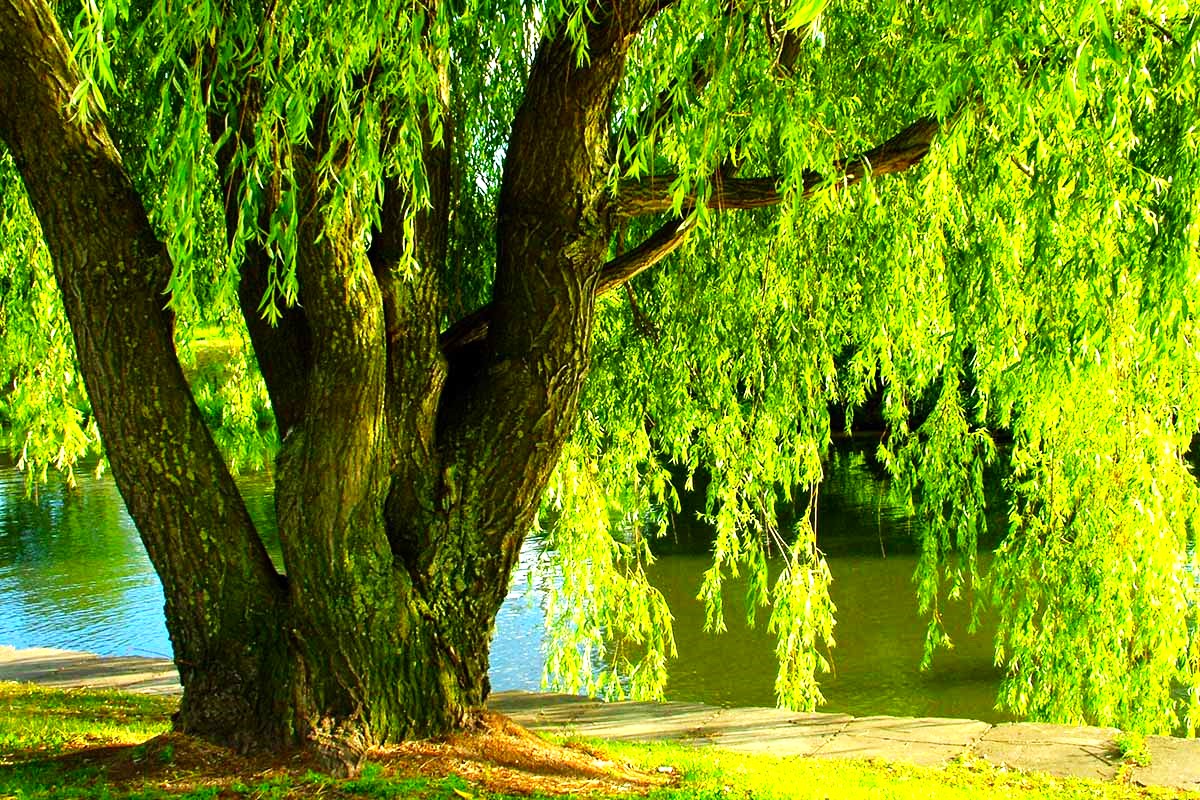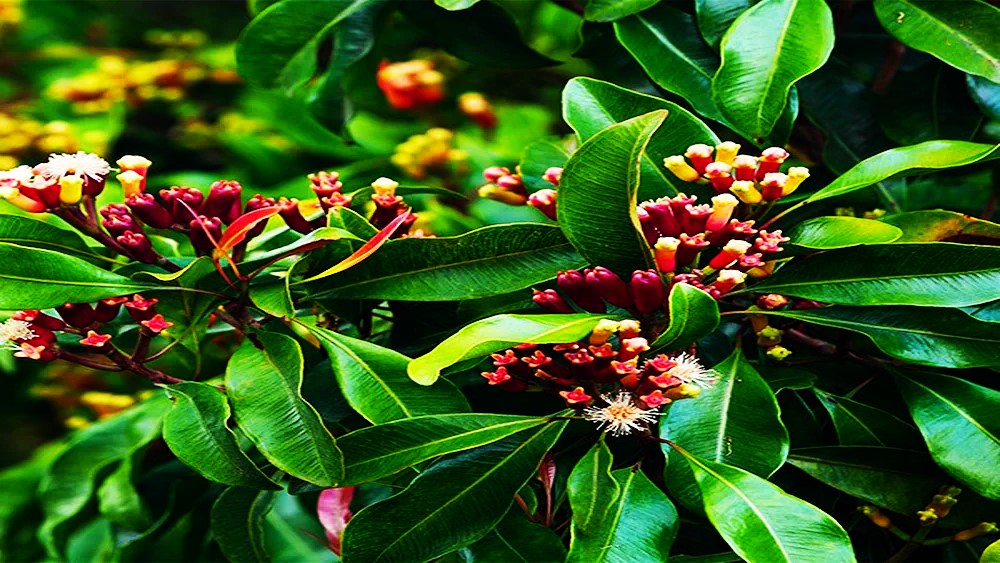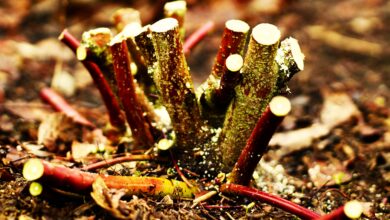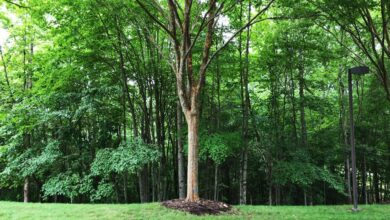What Are The Easiest Fruit Trees To Grow: Want a Backyard Mini Orchard?
Create Your Own Container Orchard
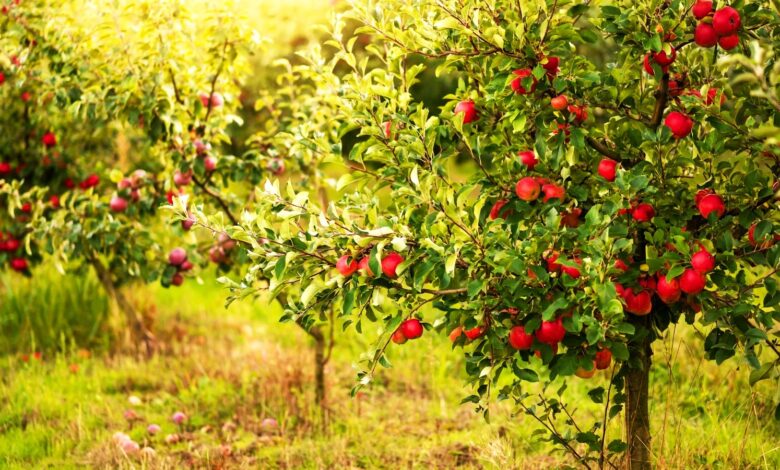
Not every gardener has enough space in their backyard to maintain a substantial home orchard. But almost anyone can get a container orchard. An ideal small home orchard is a container orchard. Potted dwarf fruit trees make up this arrangement. True, the trees might be smaller, but you can still go outside and gather fresh fruit in a basket.
How Can a Small Potted Fruit Orchard Be Made?
The fun starts when you decide to plant a miniature orchard in pots. Yes, you can grow colorful, regular-sized fruit trees in containers in a small patio or yard. Many common orchard fruits, such as plums, apples, and peaches, grow happily in pots. These container plants are attractive ornamentals that enhance the beauty of your backyard in addition to giving you fresh fruit.
For your backyard mini orchard, you’ll need to choose a sunny spot, pot up the fruit trees according to their needs, and so on. Before you buy, find out how much maintenance they require.
Selecting the Ideal Location for Your Little Orchard
The ideal location for your container orchard is somewhere with plenty of sun and easy access. If there are wind gusts in your backyard, you might need to take precautions against them. Fruit trees should always have full sun, but even five or six hours of sun a day will suffice for potted plants.
Which Fruit Trees Are Ideal for a Small Orchard Grown in Containers?
Not all fruit and nut trees grow well in an orchard that is contained. Walnut trees, for example, are massive trees that take nearly two decades to bear fruit. Conversely, any common fruit tree can grow in a pot—at least temporarily.
Fruit trees that are columnar, or have a single truck and a narrow shape, do well in containers. Their growth is essentially branchless, with fruit clusters pressed up against the trunk.
Plus, dwarf trees are awesome. Grafting is the process that produces dwarf fruit trees. In essence, it is a hybrid tree that combines the scion (or top) of a fruit tree with the root system of a dwarf tree. The size of the tree is determined by the type of root system.
Trees that are naturally dwarfed are called genetic dwarfs. They are good choices because they do not require a different rootstock. Berries that are small by nature and don’t require any grafting are blueberries, strawberries, and raspberries, among others, which you can plant.
What Is the Appropriate Container Size for a Mini Orchard?
The majority of fruit trees are sold in tiny containers and need to be moved right away. Which container size should I select?
For a mini orchard, you’ll need to find a balance between large and small containers. The longer the tree can live in a container, the larger it can be. However, a larger container will be more difficult to move indoors for the winter. Therefore, if you intend to spend the winter indoors, make sure that moving your container won’t require too much work. Many gardeners begin with a 3 to 7-gallon (11 to 26-liter) container and gradually increase in size to a 15-gallon (56.7-liter) container for extended use.
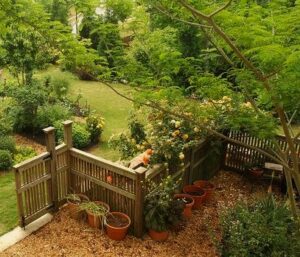
Shape is more easily determined; always choose a wider, lower container over a tall, narrow one. Verify if the container has holes for water drainage.
How to Take Care of Your Mini Orchard in Containers
Container orchard plants need irrigation, fertilizer, pruning on occasion, and a somewhat warm place to spend the winter, just like other potted plants. These are the specifics.
Hydrating
Compared to plants with deeply ingrained roots in your soil, containerized plants always need more frequent irrigation. They become parched and can become extremely dry very quickly during hot spells. The soil dries out faster in smaller containers. The best irrigation method for container orchards is thought to be drip irrigation.
Follow the weather when it comes to watering, and make sure to check the soil frequently. The finger-in-the-pot approach is what I advise. Water the plant once more, perhaps even twice a day, if the soil is completely dry an inch (2.5 cm) below the surface.
Consuming
Fertilize your small fruit trees often, using less fertilizer than you would for a regular-sized fruit tree. As soon as you notice any new growth, start the process.
Trimming
Pruning helps preserve the canopy’s shape on each tree. However, the roots will need to be pruned the most. Examine the root ball of every fruit tree in the spring. If the roots are filling the pot or spiraling around its interior, they should be pruned.
Wintering Over
Fruit tree varieties that won’t survive the winter outdoors in your area should be brought inside for the winter. Determine the plant’s hardiness zone and then compare it to your own before making a decision, just like you would with other potted plants. You can wrap the small trees in close quarters to shield them from chilly temperatures.
Which dwarf fruit tree is the easiest to grow?
A tree that grows easily in a non-dwarf tree will probably continue to grow easily in a dwarf tree. Personally, I’ve had amazing success with Improved Meyer Lemon trees; mine has been fruiting continuously for the past ten years. Similar to raspberries and blackberries, brambles grow like weeds, making them easy to manage. Fruit trees, on the other hand, such as nectarines and peaches, only survive a few years in pots.
Can Mini Fruit Trees Be Maintained in Pots?
The majority of fruits can be grown in containers for a few years before switching to in-ground planting. For those looking to get a head start on creating a garden or finding a permanent orchard space, this is a good method. For the first three to five years of their life, or until their trunks have developed true bark 12 to 18 inches (30 to 45.7 cm) above the root flare, young avocados will actually grow better in containers.

